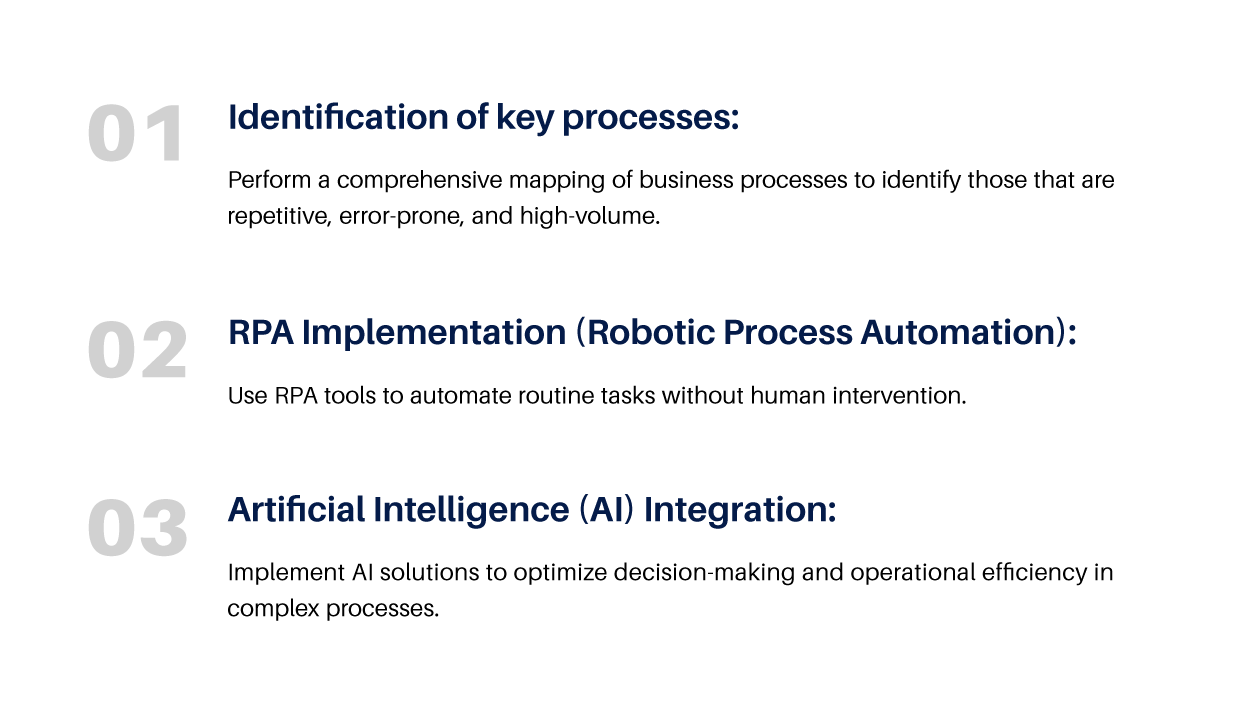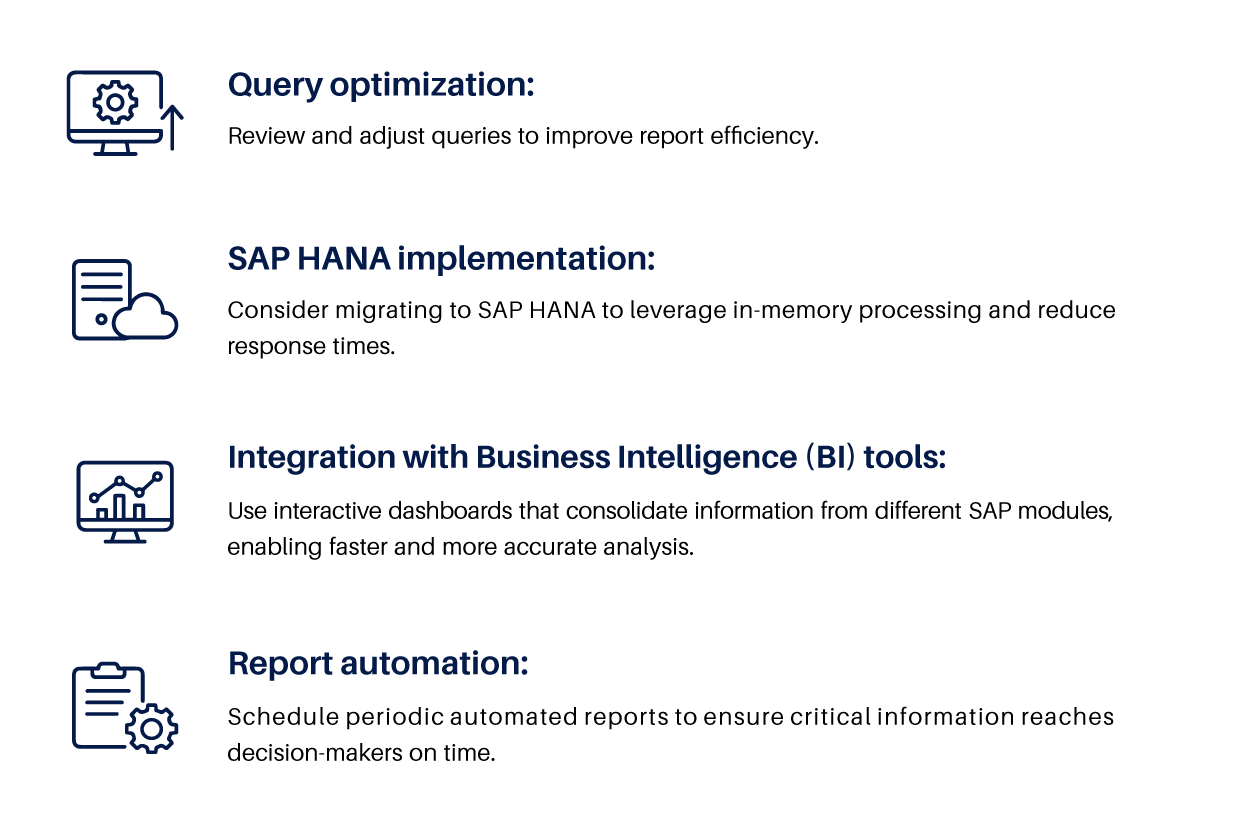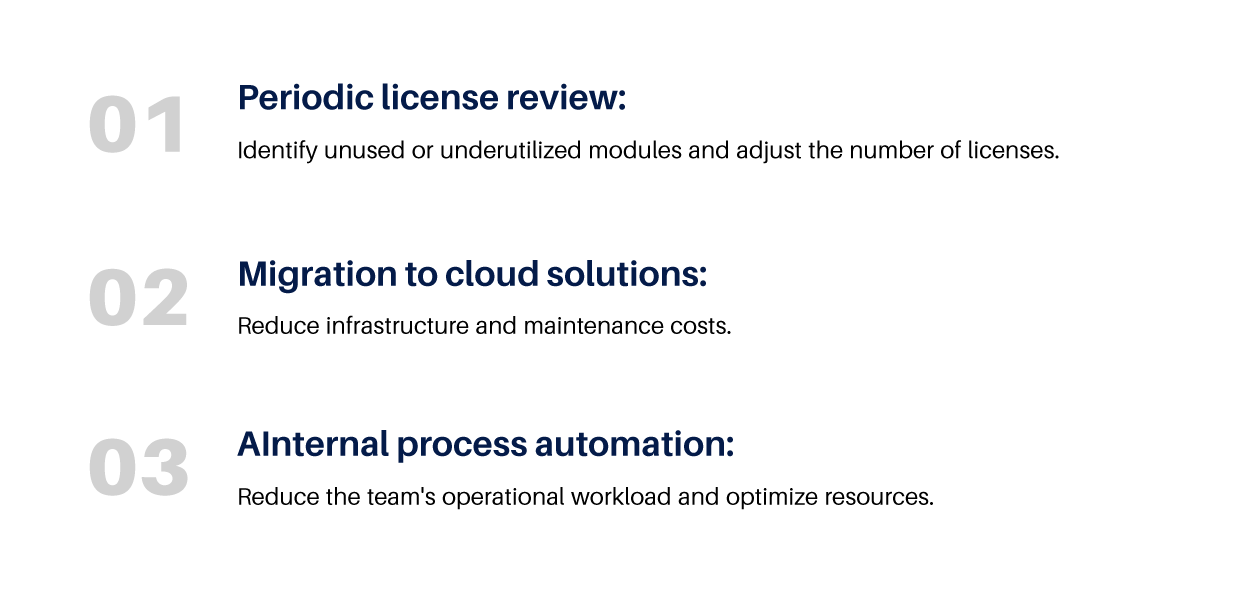Is your company getting the most out of SAP? 5 signs that you need urgent optimization
Learn how to get the most out of your SAP system and identify opportunities for improvement. In this blog, we'll explore five signs that your SAP needs urgent optimization, from manual processes to high costs and lack of scalability, as well as practical strategies and current trends to improve efficiency, productivity and decision-making in real time.

SAP is one of the most robust and used business software solutions in the world. With more than 437,000 customers in more than 180 countries, SAP integrates key processes such as finance, logistics, sales, human resources and supply chain management. However, many companies are not exploiting their full potential.
Despite investment in licenses, infrastructure, and training, it's common for many organizations to use only a fraction of SAP's capabilities. This can lead to duplicate processes, slow reports, high maintenance costs, and business decisions based on incomplete information.
In this article, we'll explore five signs that your SAP system needs urgent optimization and how to address them, based on verified statistics and trends in the industry.
Signal 1: Duplicate or manual processes that should be automated
One of the biggest benefits of SAP is its ability to automate processes and eliminate redundancies. However, many organizations still rely on manual methods such as spreadsheets or emails for tasks that could be automated.
Dependence on manual processes causes inefficiencies, human errors and delays in decision-making. In addition, the operational burden on teams increases, who must spend time on repetitive tasks rather than strategic activities.
Strategies for automation

Current Trends
According to a Precisely report, 58% of organizations are using automation in their digital transformation projects and migrations to SAP S/4HANA. This trend reflects the importance of optimizing manual processes for greater productivity and control in real time. (precisely.com)
Key question for you: How many processes in your company could be automated with SAP and are they still being done by hand today?
Sign 2: Your end user team complains about the complexity of the system
The success of SAP depends not only on technical implementation, but also on acceptance and effective use by end users. A system that employees perceive as complex, slow, or unintuitive can lead to low adoption and operational errors.
The lack of adoption affects data quality, process efficiency and, ultimately, strategic decision-making. Employees can resort to alternative solutions outside the system, generating duplication of information and hindering the integrity of corporate data.
Strategies to improve the user experience

Relevant statistics
A Whatfix study indicates that 26% of employees do not use their company's ERP system, while 51% of companies face operational disruptions after implementing the system. This demonstrates the importance of proper adoption of ERP and staff training. (Whatfix.com)
Practical tip: Apply internal surveys to measure the level of user satisfaction with SAP. Ask which tasks are the most tedious and look for settings that simplify your daily life.
Signal 3: Slow reports or scattered information
SAP is designed to provide real-time data that supports strategic decisions. However, many organizations experience delays in generating reports or receive incomplete information, making it difficult to make reliable decisions.
The dispersion of information and the slow generation of reports can be the result of an outdated architecture, poor integration with other systems, or lack of automation in data flows.
Strategies for improving report performance

Current Trends
According to Precisely, 58% of organizations are using automation in their digital transformation projects and migrations to SAP S/4HANA, evidencing that report optimization is a priority area for modern companies. (precisely.com)
Question to ponder: Are you making decisions with fresh data or with information from days ago?
Sign 4: High maintenance costs with no clear return
Implementing and maintaining SAP involves significant costs: licenses, technological infrastructure, support staff, and external consultants. When these costs do not translate into measurable benefits for the organization, there is a need to optimize the system.
Excessive unused licenses, process redundancy and lack of operational efficiency are common factors that increase spending without generating added value.
Strategies for optimizing costs

Relevant statistics
A Gartner study reveals that 67% of SAP ECC customers have not yet adopted S/4HANA, despite the support deadline in 2027. This reflects the lack of optimization and the risk of incurring unnecessary costs if the upgrade is not performed on time. (riministreet.com)
👉 Recommendation: Conduct an ROI analysis of SAP usage every 12 months. Question: How much do I invest vs. what value is it generating for me?
Sign 5: The system isn't growing at the pace of your business
The market is constantly changing: mergers, acquisitions, opening new lines of business and digital transformation are the norm. If your SAP doesn't adapt to these changes, it can become a brake on the organization.
The lack of scalability can affect the efficiency of critical processes and limit a company's ability to respond quickly to market opportunities.
Strategies to ensure scalability

Current Trends
It precisely reports that 58% of organizations are using automation in their digital transformation projects and migrations to SAP S/4HANA, reinforcing the need to keep the system updated and scalable. (precisely.com)
Benefits of optimizing your SAP environment
Optimizing SAP doesn't mean starting from scratch or making large investments; even small changes can generate significant results.

Conclusion
SAP is not just a system, but a strategic ally for business growth. Optimizing it regularly ensures efficiency, reduced costs, decisions based on reliable data, and scalability for the future.
Adopting these strategies allows companies to respond quickly to market changes, improve the productivity of their teams and make the most of their investment in technology. Keeping SAP up to date and well-configured is key to business competitiveness.

